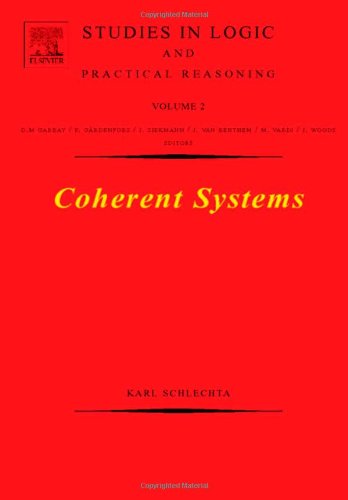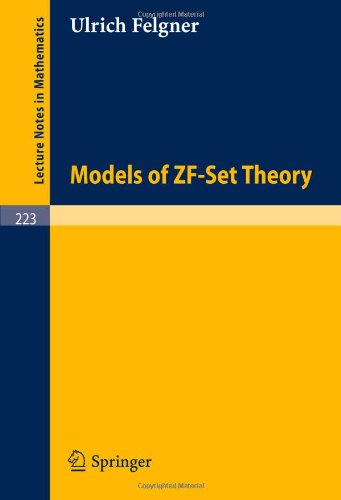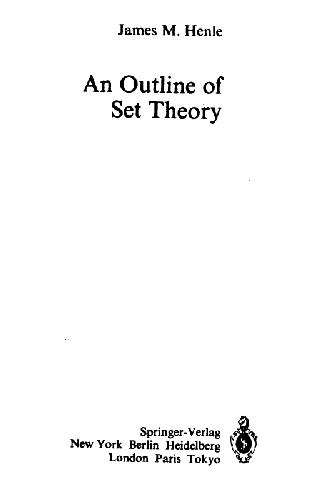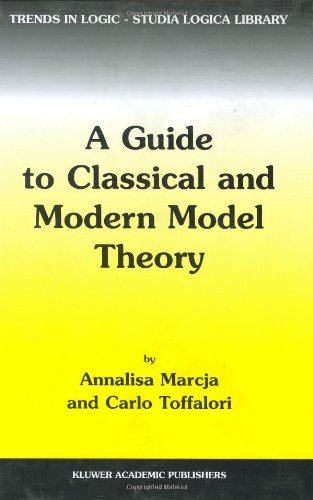Karl Schelechta (Eds.)9780444517890, 0444517898
One aspect of common sense reasoning is reasoning about normal cases, e.g. a physician will first try to interpret symptoms by a common disease, and will take more exotic possibilities only later into account. Such “normality” can be encoded, e.g. bya relation, where case A is considered more normal than case B. This gives a standard semantics or interpretation to nonmonotonic reasoning (a branch of common sense reasoning), or, more formally, to nonmonotonic logics. We consider in this book the repercussions such normality relations and similarconstructions have on the resulting nonmonotonic logics, i.e. which types of logic are adequate for which kind of relation, etc.We show in this book that some semantics correspond nicely to some logics, but also that other semantics do not correspond to any logics of the usual form.Key features:• provides a coherent picture of several formalisms of nonmonotonic logics.• gives completeness and incompleteness results for many variants of preferential, distance based, and other semantics.• gives probably the first systematic investigation of definability preservation and its consequences.• gives new proof techniques for completeness results.• is centered on semantics” |
Table of contents :
Content:
Foreword (by David Makinson)
Pages v-vii Summary
Pages xv-xvii Acknowledgements
Pages xix-xx Chapter 1 Original Research Article
Pages 1-36 Chapter 2 Original Research Article
Pages 37-99 Chapter 3 Original Research Article
Pages 101-222 Chapter 4 Original Research Article
Pages 223-270 Chapter 5 Original Research Article
Pages 271-317 Chapter 6 Original Research Article
Pages 319-365 Chapter 7 Original Research Article
Pages 367-409 Chapter 8 Original Research Article
Pages 411-432 Chapter 9 Original Research Article
Pages 433-434 Bibliography
Pages 435-439 Index
Pages 440-447 |







Reviews
There are no reviews yet.